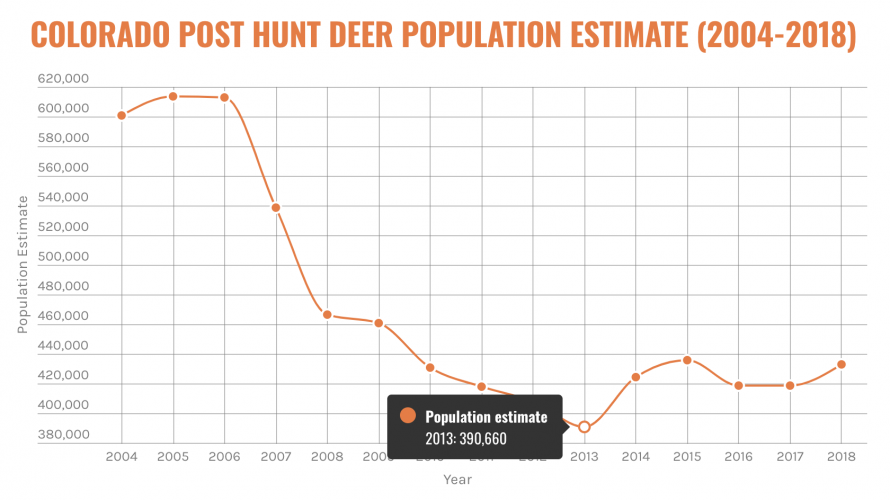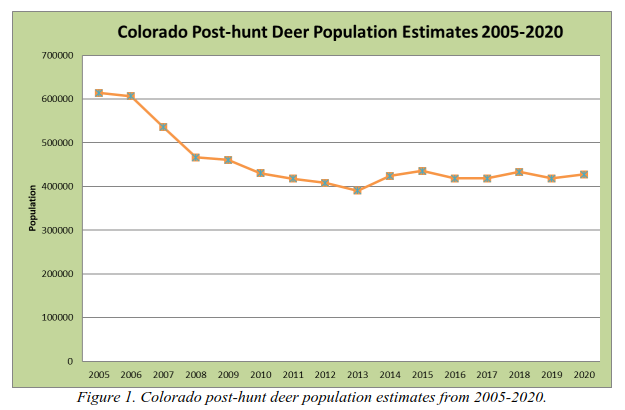Irrelevant
Well-known member
Our fearless leader (@Big Fin ) made a comment in another thread that spurred my interest.
"It takes our eye of the fact that we have let mule deer numbers crash across most of the west and rather than launch a full on effort to change management and improve habitat, we collectively accept that we should just fight over the ever-shrinking mule deer herds..."
I too feel like they're tanking.
But that's not what Mr. Heffelfinger and the Mule Deer Working Group keep saying. https://wafwa.org/wp-content/upload...atus-of-Black-tailed-and-Mule-Deer_Linked.pdf
Per that status report (2021), mule deer populations are increasing in 6 States, stable in 10 States, and declining in 7 States ("States" includes CA provinces). At quick glance OR and WY appear to be the only states seeing substantial declines in mule deer populations (maybe NM as well).
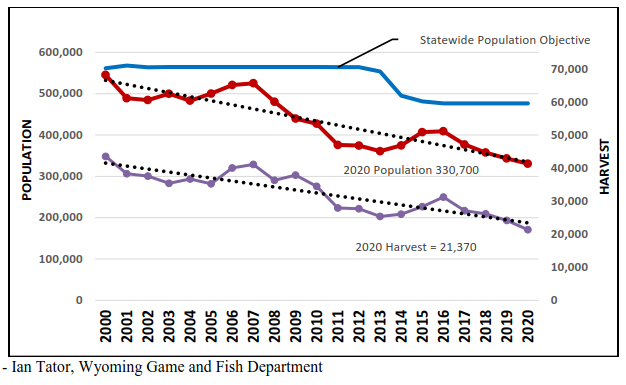
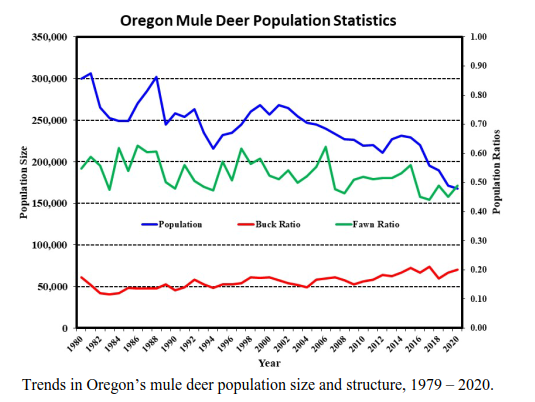
While states like MT and ID seem to be fairing ok.
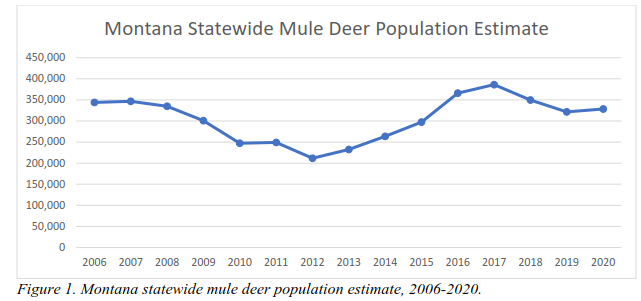
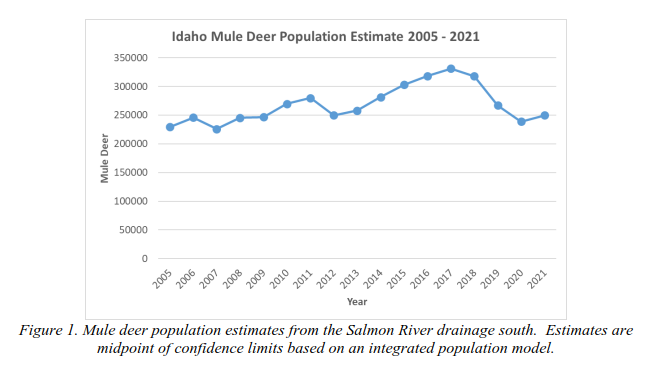
I'm not entirely sure what the point of this post is, other than I generally agree with BF and can't seem to reconcile my observations with the data.
"It takes our eye of the fact that we have let mule deer numbers crash across most of the west and rather than launch a full on effort to change management and improve habitat, we collectively accept that we should just fight over the ever-shrinking mule deer herds..."
I too feel like they're tanking.
But that's not what Mr. Heffelfinger and the Mule Deer Working Group keep saying. https://wafwa.org/wp-content/upload...atus-of-Black-tailed-and-Mule-Deer_Linked.pdf
Per that status report (2021), mule deer populations are increasing in 6 States, stable in 10 States, and declining in 7 States ("States" includes CA provinces). At quick glance OR and WY appear to be the only states seeing substantial declines in mule deer populations (maybe NM as well).


While states like MT and ID seem to be fairing ok.


I'm not entirely sure what the point of this post is, other than I generally agree with BF and can't seem to reconcile my observations with the data.




